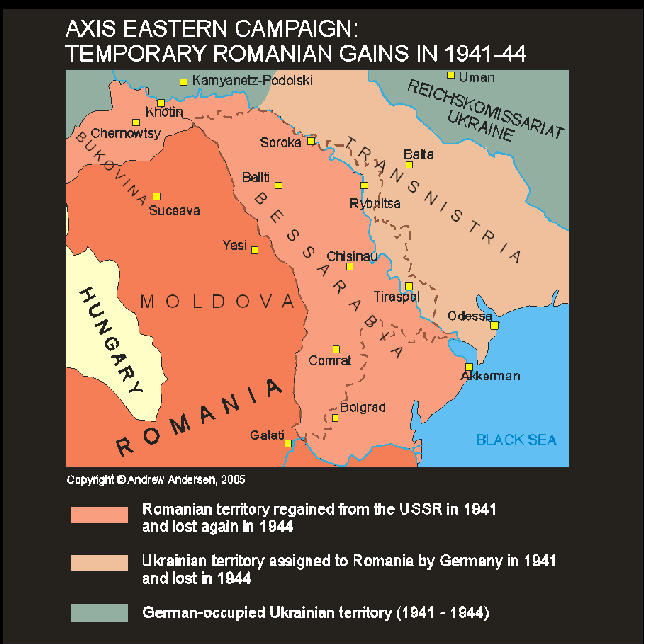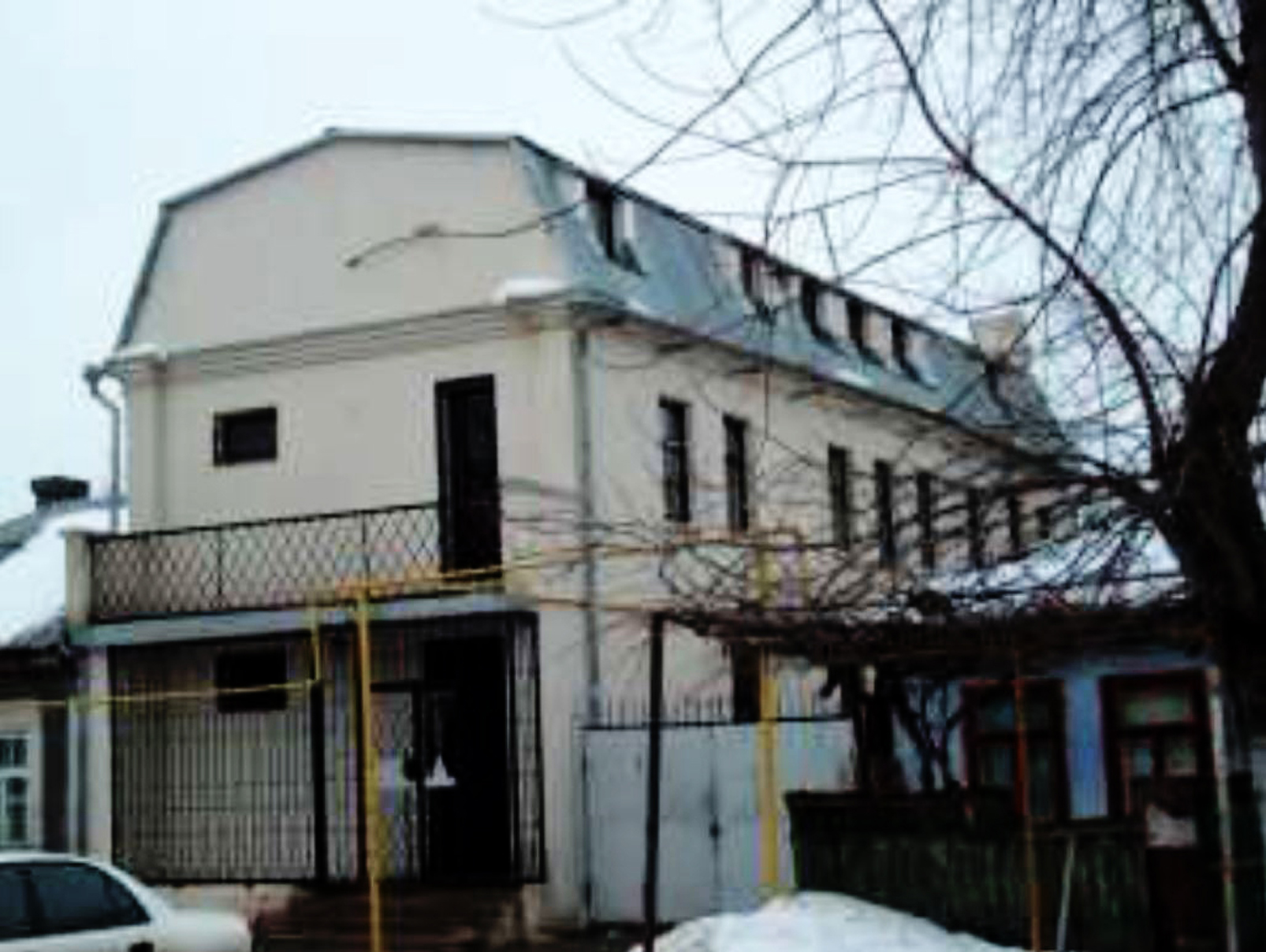Tiraspol History
At beginning of the XX century, town occupied only the central part of modern Tiraspol. Pokrovskaya Street (now October 25th) was the main street, it housed the administrative and commercial offices and houses of wealthy citizens. Military barracks were located in the north-western outskirts, while railway station was situated in the north-east. At that time, the town had 31,000 inhabitants.

Pokrovskaya Street 1912
Source: http://www.palamar-photo.com/
Tiraspol Museum
|
Tiraspol had more than 300 trading companies with an annual turnover of more than 2.4 million rubles and about 1900 industrial enterprises with a turnover of 450,000 rubles. Tiraspol had a significant grain trade, concentrated almost exclusively in the hands of the Jews. The city had several churches, a synagogue, musk and female gymnasia and more than a dozen other schools, two libraries, bookshops and several printing houses. [Source:11th volume Military Statistical Review of the Russian Empire]
In early 1918, Bessarabia was annexed by Romania, and the river became a line of demarcation. The city repeatedly passed from hand to hand, and finally the cavalry brigade of Kotovsky established Bolshevik supremacy in the city.
From 1929 to 1940, Tiraspol was the capital of the newly formed Moldavian ASSR that was part of USSR.
During the WWII, Romanian authorities created Transnistria Governorate. Tiraspol that was occupied on August 10, 1941, became its center. The city was a deployed camp for Soviet prisoners of war. During the occupation more than 4,000 people were killed in Tiraspol.

Romanian Occupation
|
Before the war, in 1926 Jews accounted for 29% of Tiraspolís population or 6398 people. The city had several synagogues and two Jewish schools. During the Nazi occupation, the majority of Jews were killed or deported to death camps. After the war (1959) the only remaining synagogue was closed.
The city was liberated in April 12, 1944 by the troops of the 37th army of the Third Ukrainian Front under the command of Lieutenant-General Sharokhin. On the 40th anniversary of Victory Tiraspol was awarded with the Order of the Patriotic War of the first degree for the courage and resilience shown by the city residents during World War II. During the WWII five Tiraspol natives became Heroes of the Soviet Union title; one of them was Pavlotskiy Mikhail Arkadiyevich who was born in a Jewish family.
The first post-war decade was a recovery period for Tiraspol. Later the formation of new industries began: machine building and light industry.
On September 2, 1990 Tiraspol became a capital of Transnistrian Moldavian Republic.
According to latest census conducted in 2004, Jews make up about 0.4% of the cityís population. There is currently one synagogue in the city.Source: Wikipedia.org

Tiraspol Synagogue
Source: http://http://www.jewishmuseum.md/
|
|
|